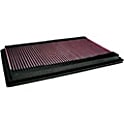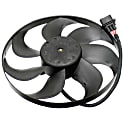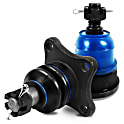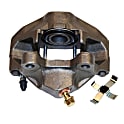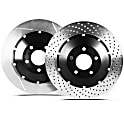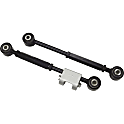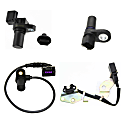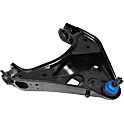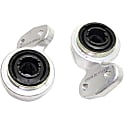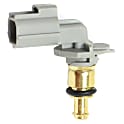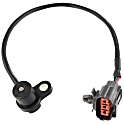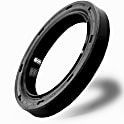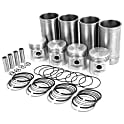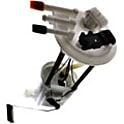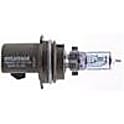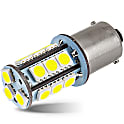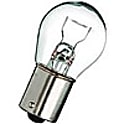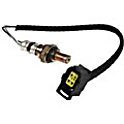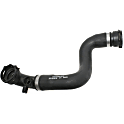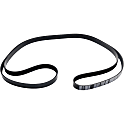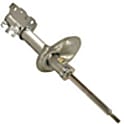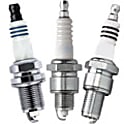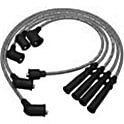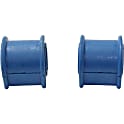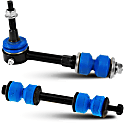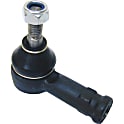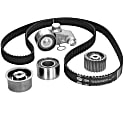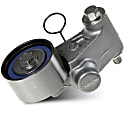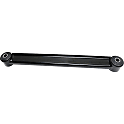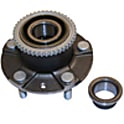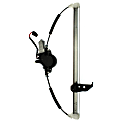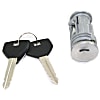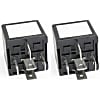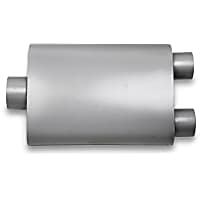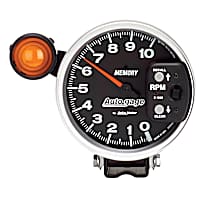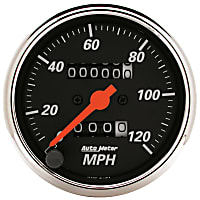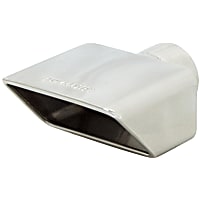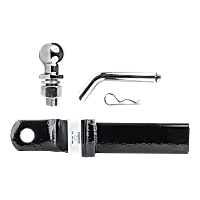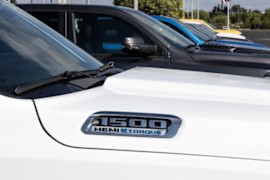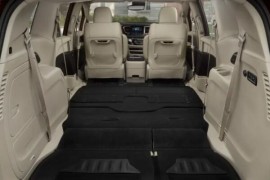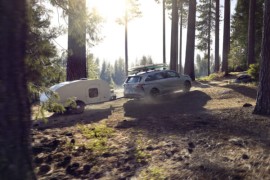{
"lazyNodes": false,
"abFitnotesFlag": false,
"abCrawlReviews": false,
"productOptionsCookie": false,
"orderDelayFlag": false,
"skipSessionCookie": false,
"covidMessage": false,
"fullTitleCookie": false,
"nrLoggerCookie": false,
"checkoutReviewCookie": false,
"productOptionSeqCookie": false,
"maintenanceFlag": false,
"bufferETACookie": false,
"multiShippingDiscountFlag": false,
"newFitmentFlag": false,
"surveyOptInFlag": false,
"crossSellFlag": false,
"skuMappingFlag": false,
"paySplitCookie": false,
"callDisableFlag": false,
"zipPaymentFlag": "u",
"hassleFreeReturn": false,
"lifetimeReplacement": false,
"cpn_off": false
}
Chrysler Neon Parts & Accessories
Find the right parts fasterSelect Your Vehicle Part
Top Rated Products
Popular Products
Shopping for Chrysler Neon Parts
Sure, it's got busted headlights, scratched fenders, and a crappy interior, but that shouldn't be enough reason to let the car crusher have your old Chrysler Neon. One of the most practical compact cars in the 90s, the Neon is a definite keeperit has a modest engine that can produce up to 132 hp and 129 lb.-ft. of torque and a decent transmission system that handles easily, which is not bad for a starter vehicle. What's more, this model is pretty well-equipped considering its low price. You can get a used Neon for as low as $7,000 or sell one in good condition at $14,000.
So if you've got this old model stuck in the garage, don't give up just yet. Identify the parts you need and invest on high-quality Chrysler Neon spare parts, so you can restore your vehicle's peak performance or simply sell it for a higher value. Some components you may want to consider include auto body parts to pimp the exterior, brake components that will speed up brake response, climate control parts such as A/C compressors, hoses, and seals, and other accessories and add-ons that can bring out the power lurking underneath its outdated appearance. Make sure that all the spare parts you purchase fits your Neon by cross-checking your ride's specs and the product's specs.
Once you've identified all the Chrysler Neon parts that need replacing, you can move on to fixing the auto. Make sure you've got its owner's manual to have an accurate guide in locating various car systems. Take out your tool kit: screwdrivers, wrenches, bolts, nuts, jack, stands, and everything else you'd need during the restoration process. Before you begin, disconnect battery cables. And if you'll be working on the engine, bleed the systems first to avoid oil and coolant leaks.

